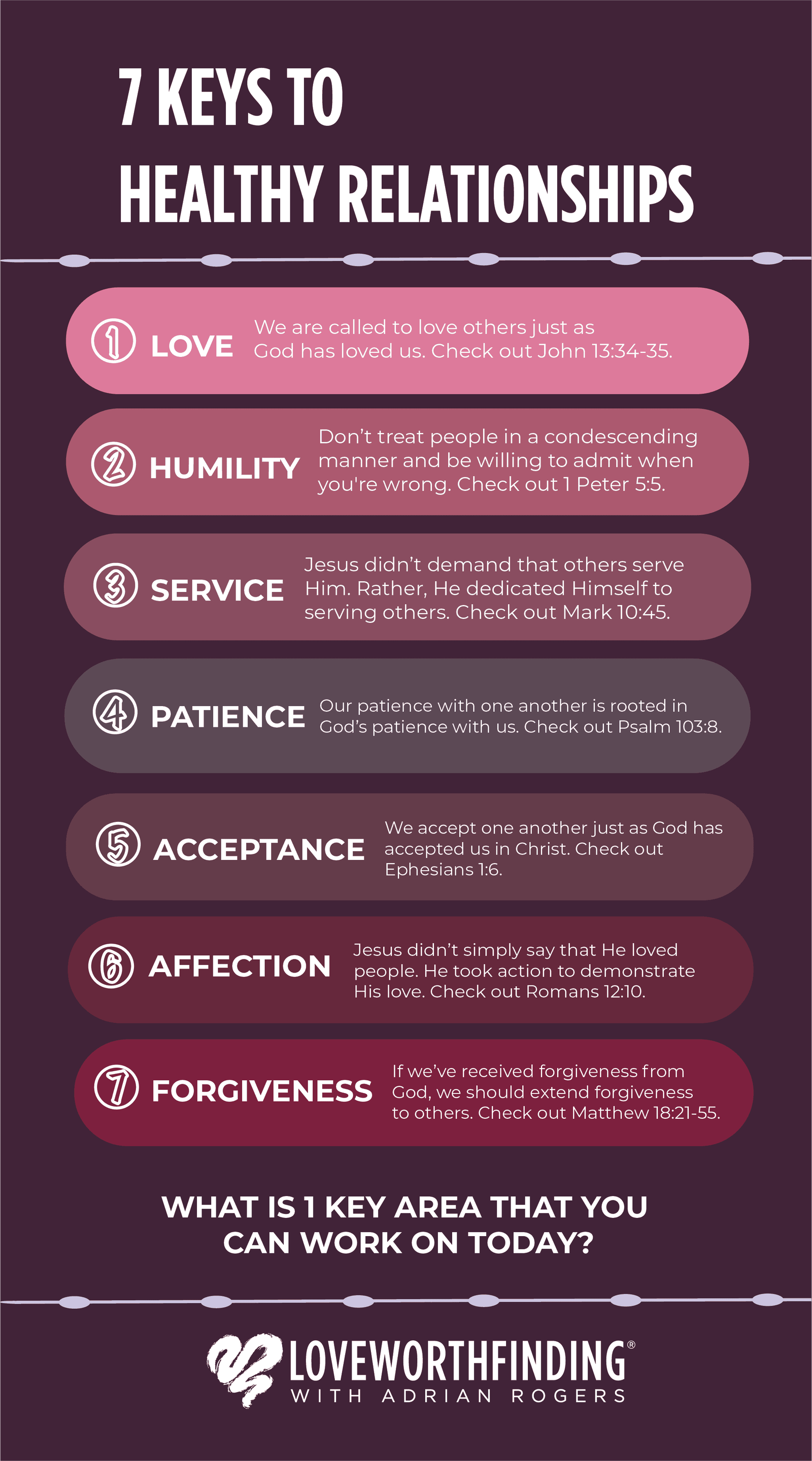What Are The Economic Factors That Influenced The Growth Of Christianity In Europe Versus Asia During The Early Modern Period?
Just as SUVs dominate the American automotive landscape, Christianity played a significant role in shaping the cultural and economic landscapes of Europe and Asia during the Early Modern Period. While both continents saw the spread of Christianity, the factors influencing its growth differed significantly between the two regions.
In Europe, the economic factors that fueled the growth of Christianity included the support of powerful monarchs and the Church, which provided stability and resources for the propagation of the faith. Additionally, the rise of trade and commerce in Europe allowed for the spread of ideas and religion along trade routes, contributing to the expansion of Christianity. In Asia, however, economic factors such as the dominance of other religions, cultural barriers, and limited access to resources hindered the spread of Christianity during the Early Modern Period.
Key Takeaways:
- Trade Routes: European growth was influenced by trade routes that facilitated the spread of Christianity, while Asian routes hindered this due to political and economic barriers.
- Economic Power: Europe’s economic dominance during the early modern period allowed for more resources to be allocated towards missionary activities and the establishment of churches.
- State Support: European rulers often supported the spread of Christianity, offering economic incentives and protection to missionaries, which contributed to the growth of the faith.
- Resistance in Asia: In Asian countries, strong traditions and religions, high taxes, and restrictions on foreign interference limited the growth of Christianity.
- Conflict and Instability: Asia experienced more political and social instability during this period, which hindered the growth of Christianity compared to the more stable and unified European societies.
- Cultural Differences: The cultural differences between Europe and Asia influenced how Christianity was perceived and accepted in each region, affecting its growth.
- Technology and Innovation: Europe’s advancements in technology and innovation allowed for easier communication and travel, aiding in the spread of Christianity compared to Asia.
The Economic Landscape of Early Modern Europe
If we look at the economic landscape of early modern Europe, we can see a significant shift from feudalism to capitalism that greatly influenced the growth of Christianity in the region.
Feudalism to Capitalism: The Transformation of European Economy
For centuries, Europe was dominated by a feudal system where land was owned by nobles, and peasants worked the land in exchange for protection and a share of the crops. However, with the rise of capitalism, there was a shift towards a more market-based economy where trade and commerce flourished. This shift allowed for greater wealth accumulation and the rise of a new merchant class.
The Role of the Merchant Class and Early Capitalists
Merchant
Capitalists were the early pioneers of capitalism in Europe. They were individuals who invested in trade, exploration, and the development of new industries. These capitalists played a key role in shaping the economic landscape of early modern Europe by taking on risks and investing in ventures that ultimately led to economic growth and the expansion of markets.
The Economic Landscape of Early Modern Asia
Now, during the Early Modern Period in Asia, the economies were primarily agrarian in nature. Agriculture played a central role in the economic structures of countries across the continent. Asian societies were predominantly agrarian, with a focus on rice, wheat, and other staple crops. Land ownership and control were crucial factors in the socio-economic hierarchies of the time. The agrarian economies were often organized around feudal or manorial systems, where landlords held significant power and influence over the peasant populations who worked the land.
The Agrarian Economies and Their Structures
Agrarian societies in Asia were characterized by a system where land was the primary source of wealth and power. Peasants worked the land either as tenants or laborers for the landowners, who held the majority of the resources and controlled access to land. The agrarian structures were also influenced by various cultural and religious practices that dictated land use and distribution, shaping the economic landscape of the region during this period.
Trade Networks and Economic Hubs in Asia
For trade networks and economic hubs in Asia, the continent was connected through a vast network of trade routes, including the Silk Road, which facilitated the exchange of goods, ideas, and cultures between different regions. Cities such as Constantinople, Calicut, and Hangzhou emerged as major economic hubs, fostering trade and economic prosperity. These hubs played a significant role in shaping the economic dynamics of Early Modern Asia, creating opportunities for wealth accumulation and cultural exchange.
Christianity’s Growth in Europe: Economic Factors
Despite various factors contributing to the growth of Christianity in Europe during the early modern period, economic influences played a significant role. These economic factors helped shape the landscape of the continent and facilitated the spread of the Christian faith.
Urbanization and the Rise of European Cities
To understand the impact of urbanization on the growth of Christianity in Europe, one must consider the flourishing of cities during this period. As populations concentrated in urban centers, Christianity found fertile ground for expansion. The proximity of people in cities allowed for easier dissemination of religious ideas and beliefs, leading to the conversion of many individuals.
Christianity and the European Economic Policy
Christianity played a crucial role in shaping European economic policy during the early modern period. As rulers and governments embraced Christianity, the religion influenced their decision-making processes. Policy decisions were often made with religious considerations in mind, leading to a fusion of economic and religious practices. Recognizing the impact of Christianity on the economic policies of Europe is crucial in understanding the growth of the faith during this time.
Christianity’s Growth in Asia: Economic Factors
Many scholars argue that the growth of Christianity in Asia during the early modern period was influenced by various economic factors. One key factor was the comparative development of Asian cities, which played a significant role in shaping the spread and stability of Christianity in the region.
Comparative Analysis of Asian City Development
- Asia
- The development of cities in Asia varied significantly, with some regions experiencing rapid urbanization and economic growth while others lagged behind. This disparity in city development influenced the presence and strength of Christian communities in different parts of Asia.
Many Asian cities served as hubs of trade and commerce, attracting people from diverse cultural backgrounds. The presence of a thriving economy in these cities created opportunities for Christian missionaries to establish connections with local populations and spread their beliefs effectively. Any analysis of Christianity’s growth in Asia must consider the impact of urban development on the religion’s expansion.
The Interaction Between Trade Routes and Christian Missionaries
City
This section examines into the crucial relationship between trade routes and Christian missionaries in Asia. The convergence of trade routes in key Asian cities provided Christian missionaries with access to a wide range of cultural and social networks, enabling them to reach out to diverse populations and propagate their faith effectively. The intersection of trade and missionary activities played a pivotal role in the growth and consolidation of Christianity in various parts of Asia.
The Role of Colonialism and Imperialism
Missionary Activity Under Colonial Powers in Asia
All colonial powers in Asia, such as Portugal, Spain, France, and Britain, utilized missionary activity as a tool to spread Christianity alongside their colonial agenda. Missionaries were often seen as agents of both religious conversion and cultural assimilation, promoting European values and beliefs among the indigenous population. This strategy allowed colonial powers to establish a foothold in Asia and exert influence over local societies through the dissemination of Christianity.
Economic Exploitation and Religious Conversion in Europe
All colonial powers engaged in economic exploitation in Europe, which went hand in hand with religious conversion efforts. The promise of salvation and material benefits served as powerful incentives for the conversion of indigenous populations to Christianity. This dual approach helped justify the ruthless exploitation and domination of European territories in the name of religious and economic superiority.
Additionally, the economic exploitation of resources in Europe often led to the subjugation and impoverishment of local populations. This created a power dynamic where colonial powers held significant control over both the economic and religious aspects of their conquered territories.
Comparative Analysis
The Synergy of Economics and Religion in Europe and Asia
Economics: During the Early Modern Period, Christianity in Europe and Asia experienced growth influenced by a synergy of economic factors intertwined with religious beliefs. In Europe, the rise of capitalism and the Protestant work ethic promoted economic prosperity and individual success, which in turn contributed to the spread of Christianity. The support of wealthy patrons and rulers further enhanced the economic stability of the Church and facilitated missionary activities.
On the other hand, in Asia, the intertwining of economic factors with Christianity was influenced by different dynamics. The Jesuit missions in China, for example, gained traction by adapting to Confucian values and engaging in intellectual discourse, which allowed Christianity to appeal to the Chinese elite. However, the rigid economic structure in Asia, particularly the dominance of agrarian societies and imperial systems, presented limitations to the growth of Christianity compared to Europe.
Successes and Limitations of Christianity’s Economic Influence
On the economic front, Christianity in Europe saw significant successes in accumulating wealth and influence through the establishment of trade networks, educational institutions, and charitable organizations. The Protestant Reformation also played a role in shaping the economic landscape by emphasizing thrift, hard work, and social responsibility.

Contemporary Reflections
Enduring Economic Impacts on Religious Demographics
To understand the lasting effects of economic factors on the growth of Christianity in Europe versus Asia during the early modern period, it is crucial to recognize the role of trade routes, colonial expansion, and wealth distribution. An examination of history reveals how economic prosperity in Europe led to increased patronage of Christian institutions and the spread of religious ideology through missionary endeavors. In contrast, Asia experienced a different economic landscape, marked by trade barriers, diverse belief systems, and resistance to foreign influence, which influenced the slower growth of Christianity in the region.
Lessons for Modern Economic and Religious Interactions
Economic factors continue to shape the religious demographics of societies around the world today. Globalization has facilitated the exchange of ideas and the migration of populations, impacting the spread of religions such as Christianity. Income inequality can also influence religious practices, as wealthier individuals may have greater resources to support religious institutions or propagate their faith. To navigate the complex interplay between economics and religion in the modern world, it is crucial for policymakers and scholars to consider historical precedents and adapt to the dynamic nature of global markets.
Conclusion
As a reminder, the economic factors that influenced the growth of Christianity in Europe versus Asia during the Early Modern Period were significant. In Europe, the rise of capitalism, the support of monarchs, and the printing press played key roles in spreading Christianity. The wealth generated through trade and commerce allowed for the church to flourish and gain power, while royal patronage provided protection and support. Additionally, the printing press enabled the mass production of Bibles and religious texts, making them more accessible to the general population.
Conversely, in Asia, factors such as entrenched traditional beliefs, powerful ruling dynasties, and limited trade connections with the West hindered the spread of Christianity. While missionaries made efforts to convert locals, the existing religious structures and political systems often resisted these attempts. The lack of economic prosperity in some Asian regions also meant that there was less wealth and resources to support the growth of Christianity compared to Europe. Overall, these economic factors played a crucial role in shaping the development and expansion of Christianity in Europe versus Asia during the Early Modern Period.
FAQ
Q: What were the economic factors that influenced the growth of Christianity in Europe during the Early Modern Period?
A: The economic factors that influenced the growth of Christianity in Europe during the Early Modern Period included the support and patronage of wealthy rulers and nobility who helped fund the construction of churches, monasteries, and cathedrals.
Q: How did trade routes impact the spread of Christianity in Europe during the Early Modern Period?
A: Trade routes, such as the Silk Road and the Spice Trade, played a significant role in the spread of Christianity in Europe during the Early Modern Period. Merchants and missionaries traveling along these routes introduced the religion to new regions.
Q: How did the rise of capitalism influence the growth of Christianity in Europe?
A: The rise of capitalism in Europe during the Early Modern Period provided opportunities for individuals to accumulate wealth, leading to increased donations to the Church and the funding of missionary activities, which helped spread Christianity.
Q: What economic factors influenced the growth of Christianity in Asia during the Early Modern Period?
A: In Asia, the economic factors that influenced the growth of Christianity during the Early Modern Period included the establishment of trade networks by European powers, which allowed for the introduction of Christianity to new regions.
Q: How did colonialism impact the spread of Christianity in Asia during the Early Modern Period?
A: Colonialism played a significant role in the spread of Christianity in Asia during the Early Modern Period. European powers used their colonies as bases for missionary activities, leading to the conversion of indigenous populations.
Q: Did the socioeconomic disparity between Europe and Asia play a role in the growth of Christianity during the Early Modern Period?
A: Yes, the socioeconomic disparity between Europe and Asia influenced the growth of Christianity during the Early Modern Period. Europe’s economic prosperity allowed for greater investment in missionary activities and the construction of religious institutions.
Q: How did cultural exchanges between Europe and Asia impact the spread of Christianity during the Early Modern Period?
A: Cultural exchanges between Europe and Asia facilitated the spread of Christianity during the Early Modern Period. These exchanges led to the sharing of religious ideas and practices, promoting the growth of Christianity in both regions.






